Stretcher chairs enable patients to remain on one surface from pre-op through a procedure and all the way to PACU. They eliminate the need for staff to laterally transfer patients to different surfaces, a user-friendly factor that enhances operational efficiency and leads to safer surgical care. Stretcher chairs also allow for precise patient positioning that provides surgeons with perfect access to surgical sites.
These mobile units are applicable for numerous specialties — including GI, plastics and OB-GYN — but have proven particularly popular in ophthalmology centers. “We’ve had our chairs for 10 years, and they’re amazing,” says Victoria Wiltshire, RN, MBA, vice president and COO at SightTrust Eye Institute in Sunrise, Fla.
Staff at Andersen Eye Surgery Center in Saginaw, Mich., have been using stretcher chairs since the facility opened 15 years ago, says Director Heather Hazen, RN, BSN. “I’ve never known anything else,” she says. “The chairs are more ergonomic for our staff, and they don’t need to push a giant bed along the hall.”
The benefits of working with these mobile units are undeniable, but with numerous models available, how do you select the best one for your facility? Here are several factors to consider:
• Power. Most stretcher chairs are powered by rechargeable batteries. Ask about the battery life of the chairs you’re considering — it should keep them running throughout at least a full day of constant use. Ms. Wiltshire’s staff places their chairs’ batteries on chargers at the end of each day to make sure they’re fully charged by morning.
“I’ve never had a situation where a chair ran out of power,” she says. “In 10 years, I’ve probably replaced one or two batteries that went bad over time.” She says replacement batteries aren’t too expensive — usually a couple hundred dollars each.
• Control. Stretcher chairs feature manual or automatic positioning controls. At Ms. Hazen’s facility, a circulating nurse or anesthesia provider uses a remote control to adjust the chair to the surgeon’s preference. She notes that the remote clips onto the side of the chairs for added convenience.
Make sure the stretcher chair’s surface can be adjusted low enough so patients can easily climb aboard. “Most of our patients are more than 60 years old,” says Ms. Hazen. “If a chair is too high, patients who are not very mobile might have a hard time getting in and need assistance.”
Ms. Wiltshire characterizes remote control as a crucial feature to consider. The chairs at her facility have presets that allow staff to customize the chair for one-button access to various common positioning scenarios. “At each phase of care, they hit a number on the remote, lock the chair in place and go about their business,” she says. “They know that the chair is going to be positioned perfectly when the surgeon is ready to operate. That helps with turnover times and getting patients in and out of the facility efficiently. It’s a seamless process.”
• Headrest. Curved headrests offer increased stability for the patient. “We ordered ones that are bowl-shaped,” says Ms. Hazen. “Some of our physicians prefer that design so the patient can’t turn their head during surgery.”
Ms. Wiltshire says curved headrests eliminate the need to use foam doughnuts to position the patient’s head on a flat surface. She notes the headrests in use at her facility are removable, and that the backs of the chairs have a good spot to place tape to secure the patient’s head in place. “Our surgeons typically tape a patient’s head slightly to the left or right, depending on which eye they’re operating on,” she says.
• Durability. Surface materials are usually available in a variety of colors and should offer long-lasting integrity. “Your chairs need to be durable and easy to clean,” says Ms. Hazen, who notes that her staff diligently treats chairs’ surfaces with disinfecting wipes after every patient use. She says the pads on the chairs have been resilient over the years, but she’s had to replace them occasionally due to wear and tear. “You can’t have rips or holes in the pads because they can harbor bacteria,” she says, noting new pads cost about $1,000.
“You can’t tell our chairs have gotten 10 years’ worth of use,” says Ms. Wiltshire. “We clean them religiously from top to bottom between every use with harsh chemicals, and there is no discoloration, no cracks, no wear, no tear. They look like they did the day we got them.”
Replacing mechanical parts can be expensive and sometimes it’s difficult to find trained service technicians, notes Ms. Hazen. “Go with a company that can have somebody at your facility within a day to get a broken chair up and running,” she says.
“We’ve had our stretcher chairs for 10 years and they’re amazing.” — Victoria Wiltshire, RN, MBA
• Weight limits. If you treat a high volume of morbidly obese patients, factor in the weight-bearing specifications of the models you’re considering. “Our chairs can handle patients up to 500 pounds, but we don’t place patients who weigh over 400 pounds on them,” says Ms. Hazen. “If the patient is heavy, there’s always a chance the chair can tip, so we have an OR bed rated to hold 500 pounds or more for those patients as a safer accommodation.”
Also make sure your staff evaluates each chair’s steerability and brakeability to ensure they can move patients through the facility safely and efficiently.
• Accessories. Many chairs are designed to accommodate IV lines, oxygen tubes and connections to vital signs monitors. If you’re still using paper charts, make sure the chair has a place to store them. “Our anesthesia group used to place charts on top of the patient for transport,” says Ms. Wiltshire. “We’re a customer service-oriented facility and I didn’t think that was appropriate, so we installed chart holders on the chairs.” She says holders are now standard on many models.
Features are important, but the ultimate benefit the chairs provide can’t be listed in a manufacturer’s marketing materials. “When a patient gets checked in, they’re placed on a stretcher chair and never leave it until discharge,” says Ms. Wiltshire. “Our patients and staff love the convenience and comfort the chairs provide.” OSM
.svg?sfvrsn=be606e78_3)
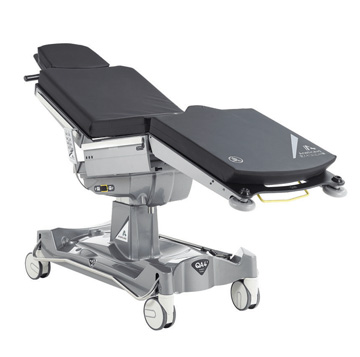
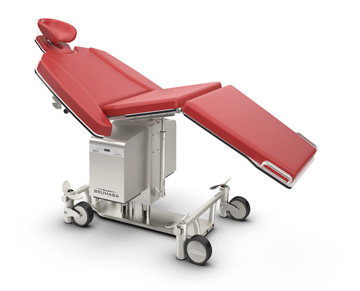
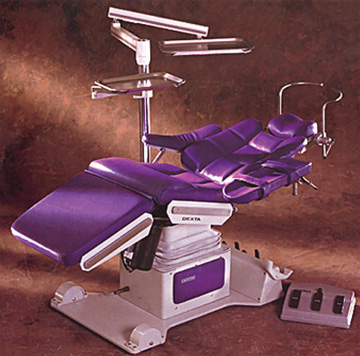
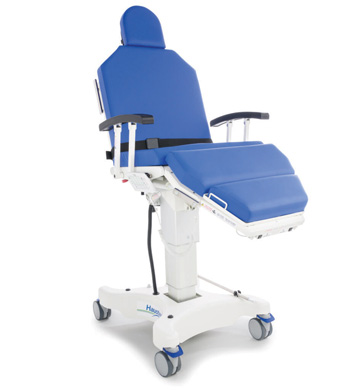
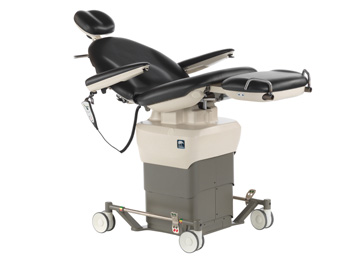
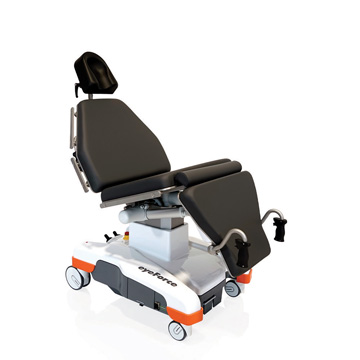
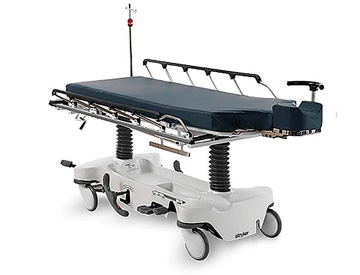
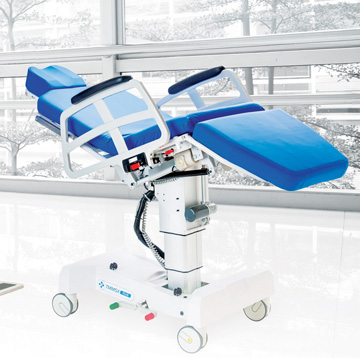
.svg?sfvrsn=56b2f850_5)